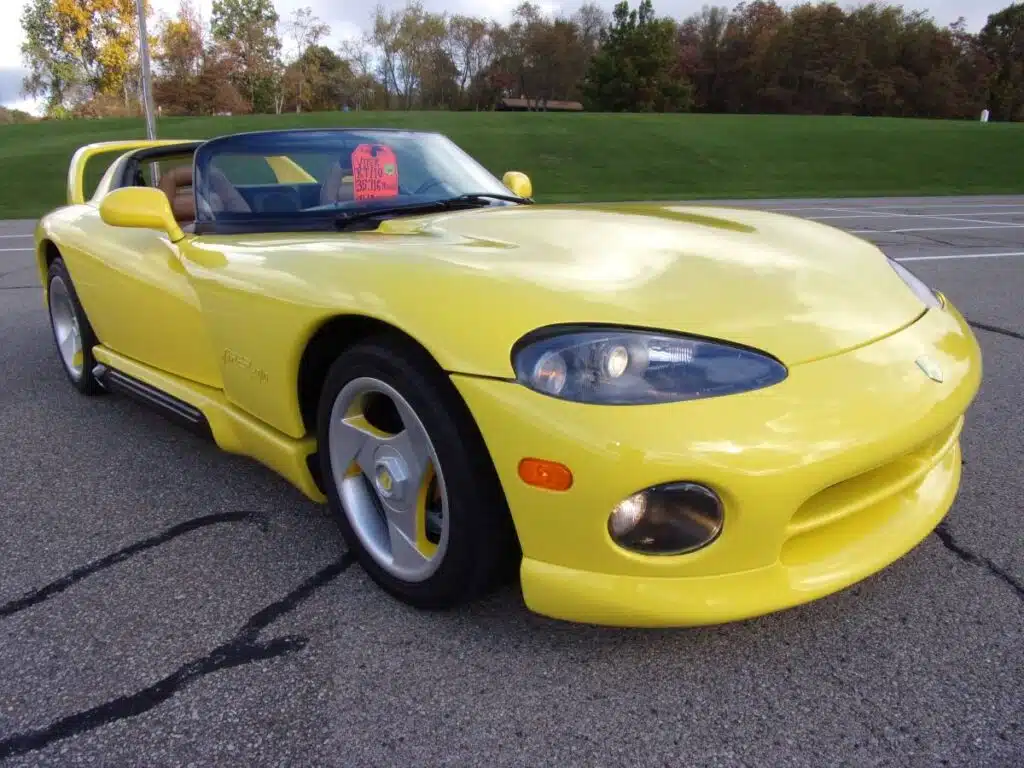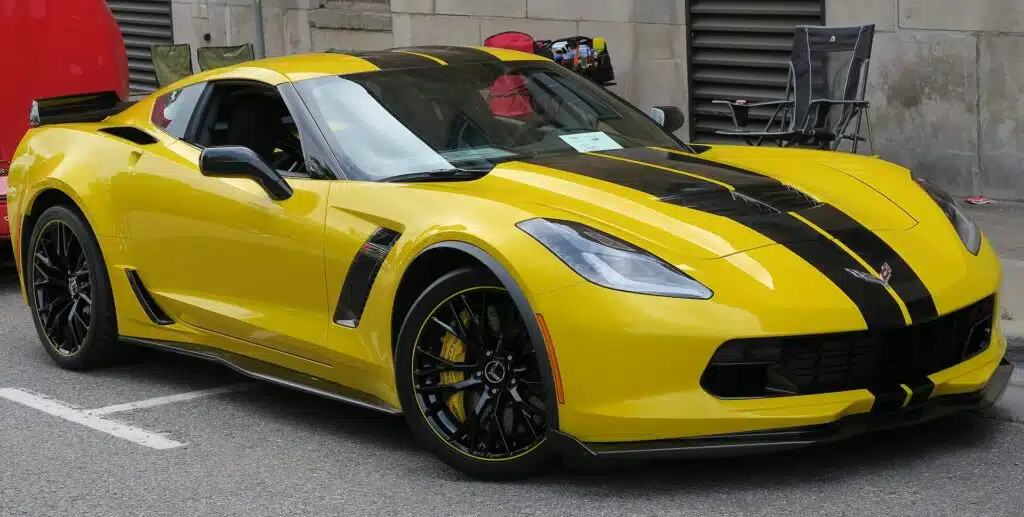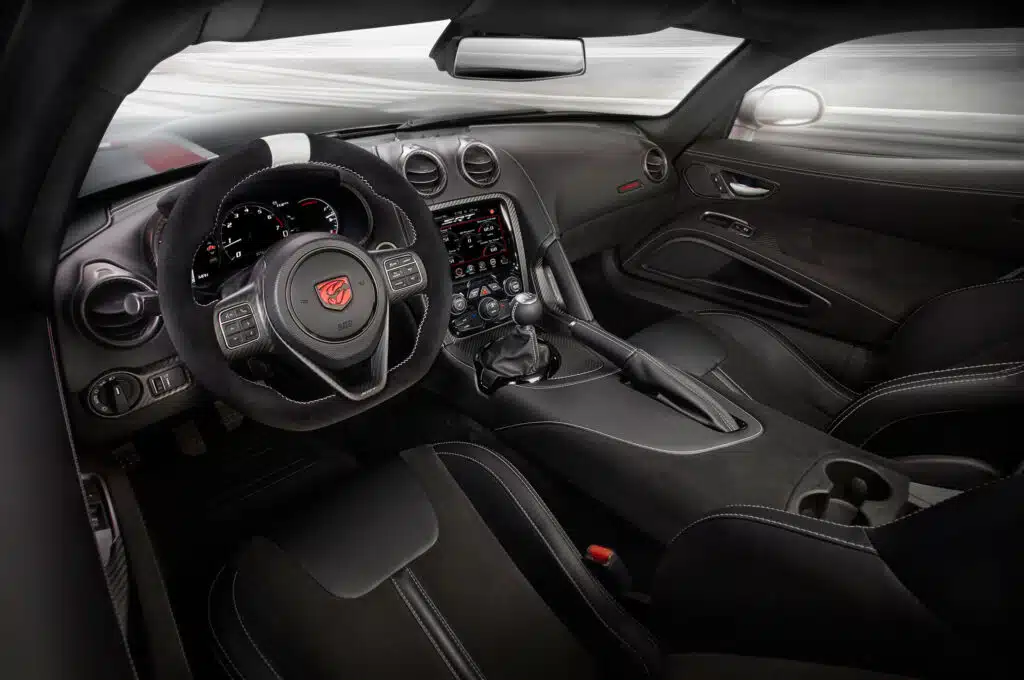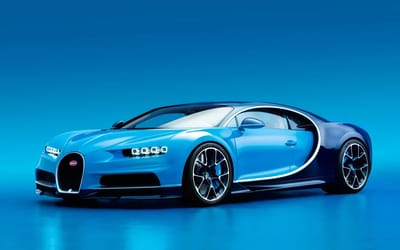Why the Dodge Viper quietly disappeared in 2017 isn't so much of a mystery
Published on Jun 29, 2025 at 2:20 AM (UTC+4)
by Keelin McNamara
Last updated on Jun 25, 2025 at 1:56 PM (UTC+4)
Edited by
Kate Bain
The Dodge Viper had a very quiet, subtle disappearance from the car world.
This quiet fadeaway was a direct contrast to the monstrous nature of the Viper itself.
Back in 2017, the Dodge Viper simply vanished from the Dodge range without a trace.
And yet the reason for its disappearance isn’t as much of a mystery as some believe it to be.
DISCOVER SBX CARS: The global premium car auction platform powered by Supercar Blondie
Why the Dodge Viper quietly disappeared in 2017
When it was first unveiled in 1991, the Dodge Viper wowed the masses.
The Viper looked completely different to almost any car on the market anywhere in the world.
Its 8.0-liter, Lamborghini-aided V10 engine produced 400bhp at 4,600rpm.
Future generations of the Viper continued the 90s-inspired mayhem.
By the end of its run, Viper variations came with a mammoth, 8.4 liter V10 engine.

The 8.4 liter engine, in particular, remains one of the largest ever fitted to a production car.
Unfortunately, the venom-fuelled Viper fell into decline by 2017.
Despite praise and respect from critics, the Viper struggled to maintain relevancy.
It’s timely demise, however, came as a result of a variety of factors.
The first (and probably most important) reason for the Dodge Viper vanishing is sales.
But that wasn’t all.
Viper falls into a snake-pit of issues
Sales hit rock bottom.
In the last five years of production (2012 to 2017), Dodge struggled to move more than 800 Viper units per year.
In fact, 2017 saw Dodge sell just 585 Viper units in the United States.
Additionally, Dodge didn’t help the Viper with its own, internal rivals being sold on the salesfloor.
The Challenger Hellcat, for example, represented more comfort and practicality with the same amount of unhinged power and performance.
It sort of made the choice a no-brainer for prospective buyers across the US.

The real hammer blow, however, came from Chevrolet.
Chevrolet’s C7 Corvette Z06 was first unveiled in September 2013 – and it proved popular.
Unfortunately for Dodge, the C7 Corvette Z06 was popular for all the reasons the Viper wasn’t.
It had ever-so-slightly more power – but it was also cheaper, more comfortable and more practical.
Declining popularity, coupled with a more popular direct rival, meant that the Viper’s days were numbered.
The last nail in the coffin of the Dodge Viper wasn’t even a car rival – but a safety rule.
Federal Motor Vehicle Safety Standard 226 required all new cars to have side airbags in order to prevent ejection in the event of a rollover.

Unfortunately, the already-tight cabin space of the Viper couldn’t fit the new, mandated, airbags.
This meant that a complete redesign would be needed – and Dodge simply didn’t see the point in investing in one.
And that, friends, is the story of the sad, subtle demise of the world’s least subtle car.
Keelin McNamara is a content writer at Supercar Blondie from Ireland, covering cars, technology, and lifestyle. Despite being a Law graduate, he discovered his passion for journalism during the COVID-19 pandemic, and has worked in the industry ever since. Outside of work, he is an avid MotoGP fan, and is a self-confessed addict of the sport.




